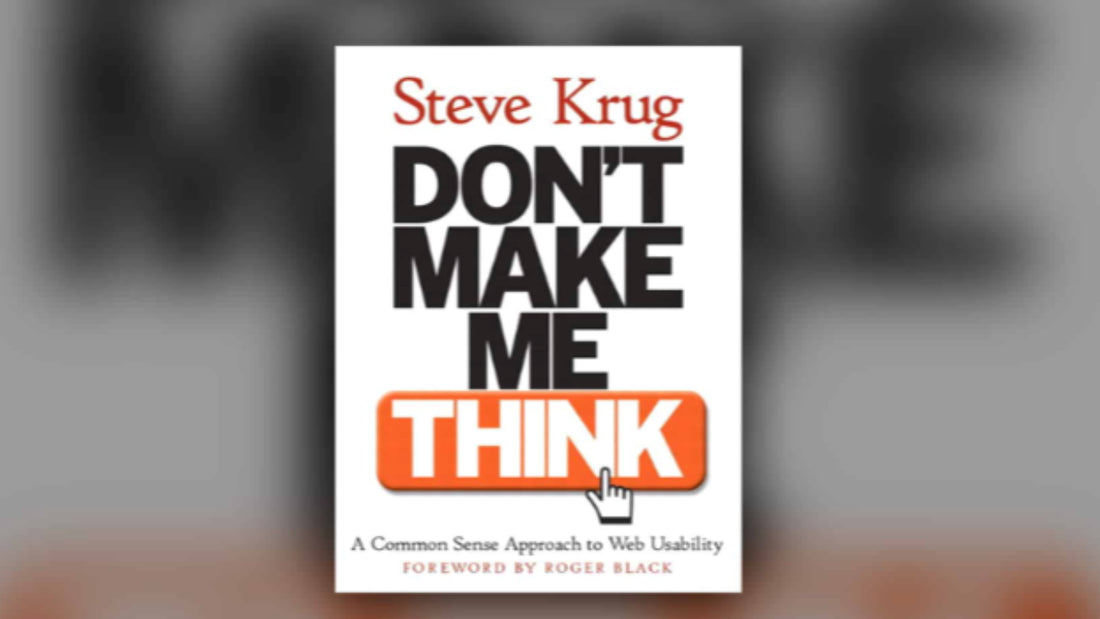“Usability is about people and how they understand and use things, not about technology.” – Steve Krug
The book, Don’t Make Me Think by Steve Krug was published in the year 2000. The book was revised in 2005, and 2013. It has sold over 600,000 copies in print in twenty languages. This book is meant to be a fast read with a length of only 216 pages divided into 12 chapters. The premise of the book is that computer software or websites are measured by how easily users are able to accomplish what they set out to do on said website or software. Krug cites Amazon.com as a prime example of these principles.
Steve Krug is a UX/UI professional who has been contributing to the field for about 30+ years. He has been a usability consultant with his own company, Advanced Common Sense, and has helped companies such as Apple, Lexus, NPR, and Bloomberg.
What Don’t Make Me Think postulates is simple: websites and computer software should be so easily accessible and user friendly, that users don’t have to think about what they are doing, and just do, hence the title, Don’t Make Me Think. Krug believes that if a website or computer software isn’t capable of accomplishing these tasks, then it is a faulty product. For him, this is the guiding principle of usability.
Krug outlines rules that help keep the premise of his book in the back of designer's minds. His first “Krug Law” is Don't make me think. Krug believes that if designers take one of his laws into consideration, it should be this one. About web usability he explains that, “For instance, it means that as far as is humanly possible, when I look at a Web page it should be self-evident. Obvious. Self-explanatory. Krug expresses, “I should be able to “get it”—what it is and how to use it—without expending any effort thinking about it” (11). Krug continues by making the observation that most users don’t read web pages, instead they scan them and that this is a distinction that designers have to consider when designing the interface of a webpage. Thinking like a designer, Krug utilizes images in order to make his points visually come to life– making it easier to visualize what a designer sees versus what a user sees. The rest of the book lays out the groundwork for the standards he believes designers should consider when creating products for the general audience.
I thoroughly enjoyed reading Krug’s book because he has a way of explaining web usability in a simple way without being condescending to the reader. The tone of the book gives the impression that Krug is genuinely interested in helping others make sense of web usability. He says, “after all, usability really just means making sure that something works well: that a person of average (or even below average) ability and experience can use the thing—whether it’s a Web site, a fighter jet, or a revolving door—for its intended purpose without getting hopelessly frustrated. Like a lot of common sense, though, it’s not necessarily obvious until after someone’s pointed it out to you” (5-6).
Although the latest edition of this book was published a decade ago, and technology has made immense leaps and bounds, many of the principles that Krug discusses in the book are still applicable. I would definitely recommend this book to designers who are just starting in the field of product design because many of the principles that Krug details in the book are important ideas to keep in the back of any designer’s minds when thinking about the interface and usability of any product.



